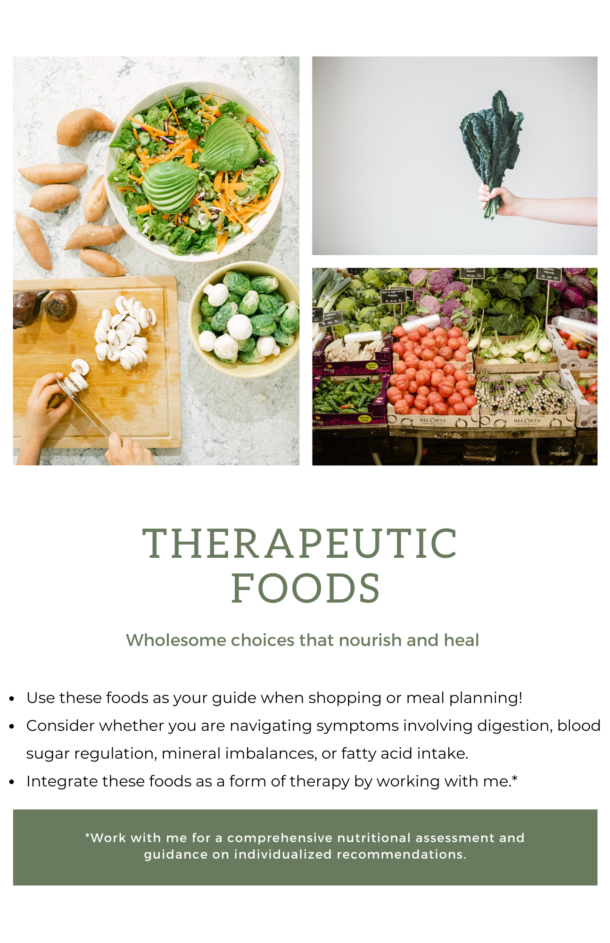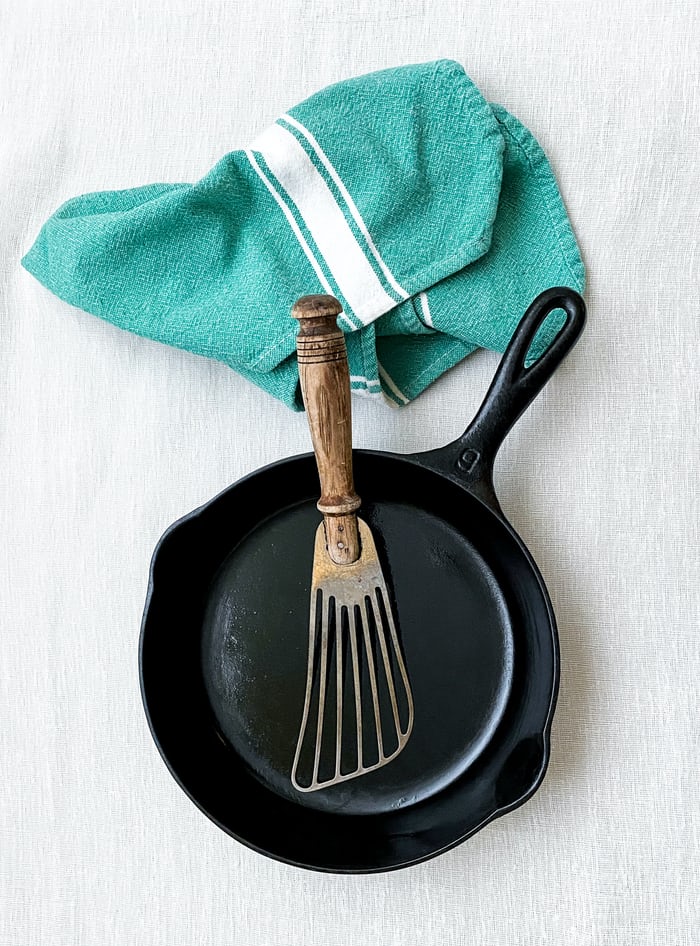
Any time of year is appropriate for upgrading your kitchen gear! Currently, as we slip into the cooler months, let’s take the opportunity to reflect on how our systems are functioning and make some positive changes to help us transition; this means our internal systems like the digestive tract as well as external systems like the kitchen. Pause where you are and reflect on one or two (non food) items in your kitchen you use the most. Something should come to mind right away. Be it a favorite pan or pot, mixing spoon, baking sheet, or coffee maker, this item will tell you a lot about your habits. Now is the time to consider the quality of some of these frequently used items and see if there’s room to grow; let’s nourish ourselves through food, clean cookware and proper preparation methods.
Quality Control
Plant the seed for yourself, before you get going, that the changes you make will improve your current circumstances, whether that means switching to something less toxic in which to cook your nutritious food or maybe it’s adding an herbal tea station next to the coffee maker. Spring is a great time to nourish ourselves thoughtfully through & through emphasizing habits like good hydration, food variety, nutrient density, and safe storage. Let’s consider the quality of products we surround ourselves with and choose REAL over processed, GOODNESS over convenience.
With what do you fuel your body, cells, and tissues? Are you craving more at the end of a meal; do you feel clear & focused or a little less so? Do you oscillate between exhaustion and hyperactivity? These are signs that the meal you are choosing has room to be better balanced with macronutrients, more dense in vitamins & minerals, and to nourish your body on multiple levels. It is not only these maladies that encourage us to improve. Wouldn’t we say we all want robust & diverse microbiome bacteria; the health of which is strongly linked to our cognitive function, mood and energy; don’t we also want to be able to correctly process nutrients, absorb them, and turn them into strong, consistent, positive energy. We want the foods that are in charge of nourishing us so deeply to be of high quality, local, seasonal, and organic whenever possible. Refer to the Environmental Working Group’s list of the “Dirty Dozen” to know what produce to buy exclusively organic for minimizing toxic pesticide exposure.
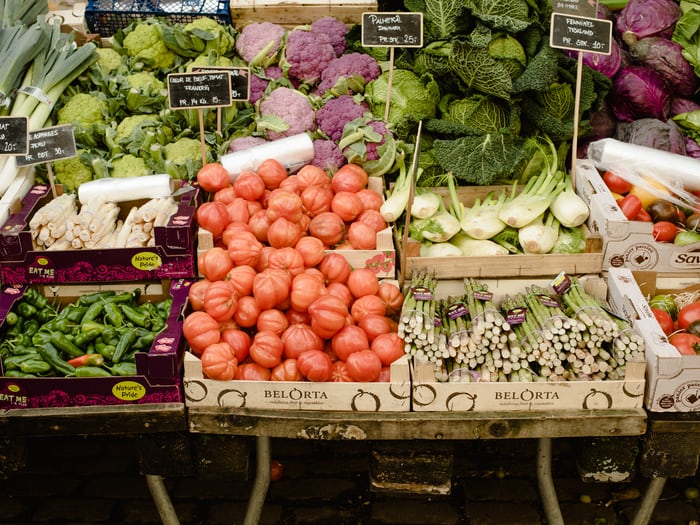
Seek foods that are local & seasonal. Use CSA boxes & farmer’s markets as inspiration or do a quick internet search to see what foods are in season & buy organic in store. For example, choose berries in the summer, tubers & squash in winter & fall and asparagus in spring.
Examine the quality of meats and where they are coming from. Support a local farmer, rancher, or grower who follows sustainable practices. Do they use chemicals like herbicide, pesticide or insecticide? Invest in yourself by selecting meats that are pasture-raised & grass-finished, and crops that are organic & spray-free. This will not only allow your body the best access to the food’s true nutrients, it is best for the soil and the land to continue to produce nutritious food, and it has the lowest carbon footprint by keeping transportation costs low.
Get Cooking
Now our intention is set to nourish with whole foods and we can examine some ways of preparing this food considering our holistic health. If baking & roasting is a popular choice for fall & winter, sautéing & steaming are excellent for spring. Steaming your vegetables for the right duration can retain much of the nutritional power, produce an enjoyable bright color & be more easily digestible. Sautéing is a time friendly method to keep you ahead of the clocks as they change. Roasting is still a nice option to include that starchy vegetable into a wholesome meal, while the summer months may call for some outdoor grilling. If your days are busier with longer light, consider using a pressure cooker or slow cooker as well. Across various cooking methods, be sure to include a generous portion of healthy fat like olive oil or ghee, use some light seasoning with sea salt or pink Himalayan salt, and use filtered water. Utilize aromatics like shallot, onion, garlic, & ginger, herbs, or Ayurvedic spices like mustard seed, cumin seed, & coriander seed to impart that healthy fat with more nutrients and food with more flavor.
Certain foods may have a cooking style that is preferred for maintaining the nutritional profile. Bake or roast root vegetables like gold potatoes & carrots, whole poultry, and sourdough breads. Braise or stew a tough cut of meat, root vegetables, and tough leafy greens; even stone fruit and citrus will do well stewed. Fish does very well in a steamer basket with a variety of vegetables, maintaining more water content over a process like roasting. Sauté or stir-fry chicken breasts or thighs, shrimp, and a variety of vegetables like broccoli, cabbage, and kale.
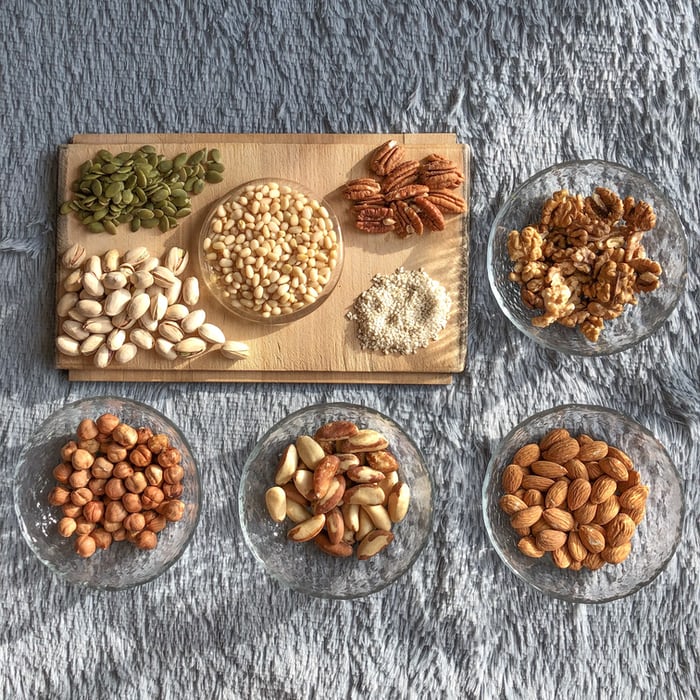
Soaking, Sprouting & Sourdough Fermentation are accessible options and can be powerful methods to boost nutrient density. You may benefit from soaking grains like wheat & rye and sprouting nuts, lentils, and beans, to break down the enzymes that are difficult to digest. The anti-nutrients like phytates, lectins, or Raffinose can be deactivated with some time and water to allow other nutrients be more bioavailable.
Grains take about 1:1.5 cup ratio of rice, quinoa, or wheat to hot water; pulses are about 1:4 cup ratio of beans or lentils to hot water with a little baking soda. Nuts are a 1:1.5 cup ratio of nut to hot water plus a little sea salt. Sprouting is a bit more of a time commitment but will be worth it at the end. Sprout 1 part grain, beans or lentils with 3 parts cold water and allow 8-12 hours in a glass jar with cheesecloth or muslin top. Rinse well, allow 2-5 days to sprout and enjoy! Sourdough fermentation may increase B vitamins, release lactic acid to preserve bread easier, and reduce the glycemic load and in turn the blood sugar spike in the body. There are many great guides online for finding sourdough leavening methods, including one I enjoy: “Sourdough Sisterhood.”
Quick Tips

Take a quick scan through your kitchen and note the amount of plastic in your storage containers, the number of non-stick, Teflon or aluminum pans, and your water filtration method.
Some of these upgrades will be a bit more expensive but will last long! Start by choosing one of these changes and allow more to occur through the year, taking advantage of the natural shifts in lifestyle with the seasons.
- Replace plastic storage containers with glass.
- Replace plastic wrap or bags with beeswax, parchment paper, or cloth produce bags.
- Replace non-stick & Teflon with Cast Iron or Stainless Steel.
- Replace tap water with filtered, like a Berkey or PUR water system.
- Replace plastic mixing spoons with wooden spoons & silicone spatulas.
- Replace plastic cutting boards with wooden.
Next, consider some of your daily habits in the kitchen. What are you choosing every day that may be supporting you or harming you? Try some of these substitutions for maximizing benefit using real food and limiting the amount of processed foods or questionable ingredients.
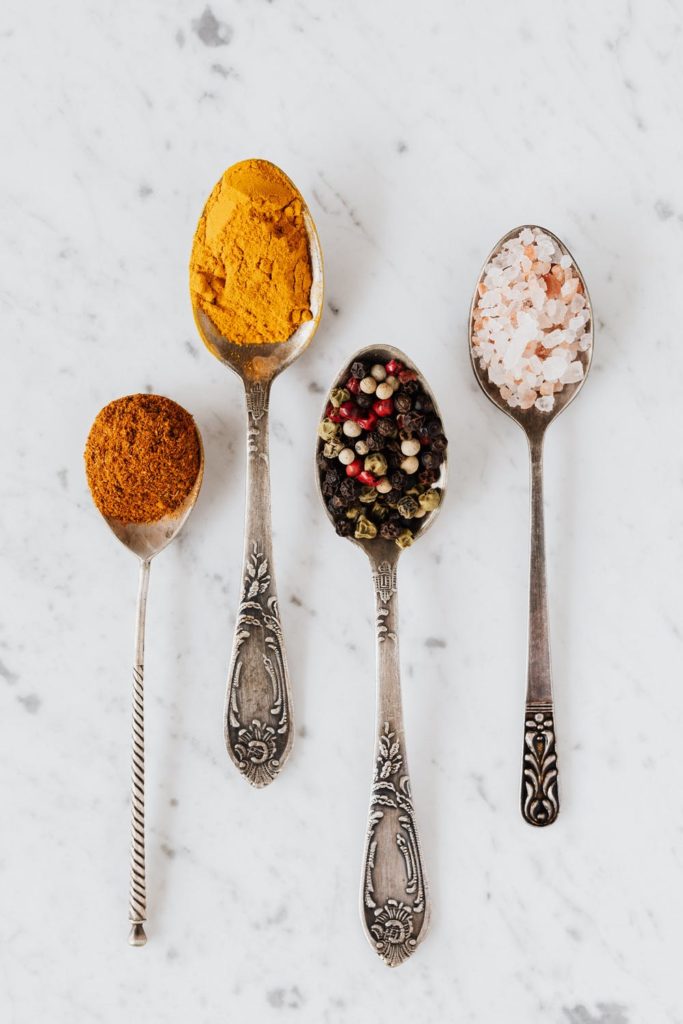
- Swap a cup of coffee a day for a cup of herbal tea like ginger, peppermint, or nettle.
- Swap a high sugar yogurt cup for full fat dairy or plain nondairy yogurt.
- Swap wheat pasta for chickpea or lentil pasta.
- Swap high sugar cereals for homemade granola.
- Swap table salt with Celtic or Pink Himalayan Salt.
Let’s look more closely at ingredients. Heavily processed & refined oils are actually damaging to our cells, increasing free radicals and limiting absorption of nutrients. Chemical ingredients like MSG, Dextrose, or “Natural Flavors” are harmful and often hiding in snack foods or dressings. Instead, celebrate the nutritive options that will give you the most bang for your buck! These considerations shouldn’t break the bank, but rather offer reasonable choices for improving your health no matter what the budget looks like. All it takes is one small change every so often. Try any of these the next time you visit the store.
- Swap canola or vegetable oils with an organic oil like olive, avocado, coconut oil, or ghee.
- Swap sweetened, packaged snacks for real fruits and vegetables like apples, citrus, blueberries, carrots, cucumber, or celery.
- Swap chips & crackers with clean ingredient options, or homemade kale & root vegetable chips.
- Swap high sugar salad dressing for a quick homemade vinaigrette of oil, vinegar & spices.
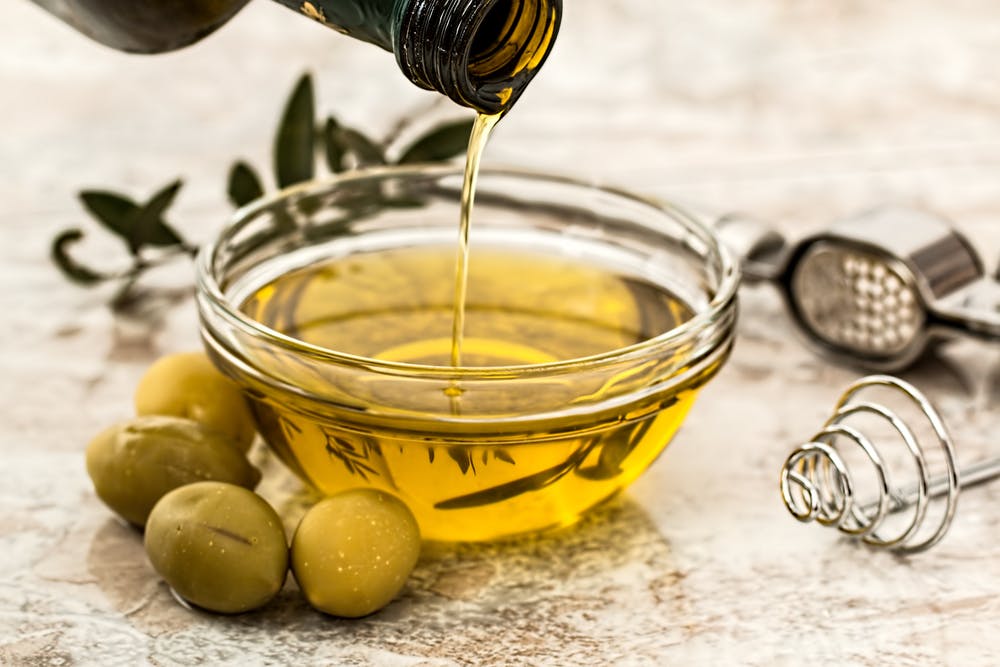
In health,
Chloe

